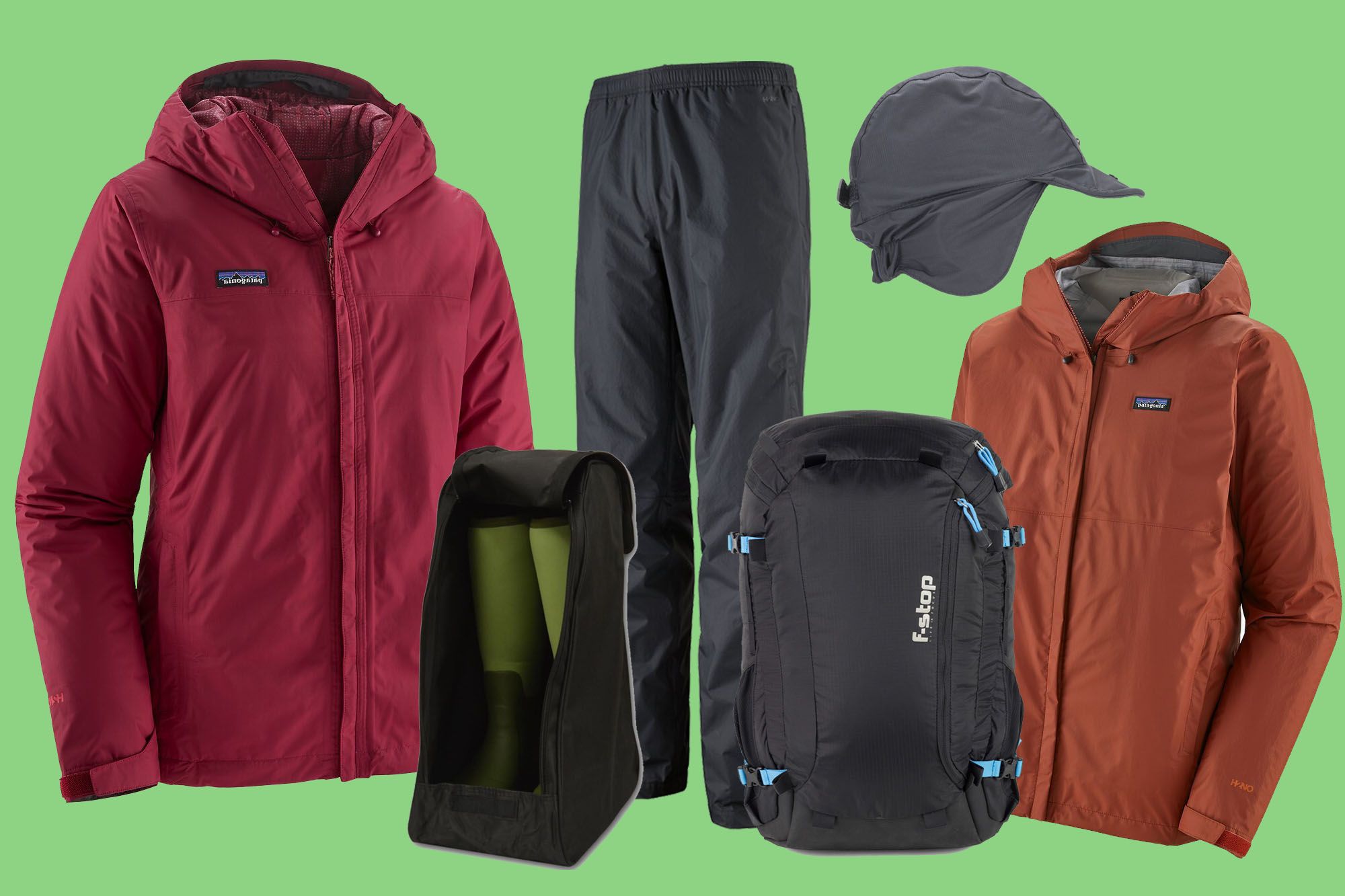
Inclement Clothing
Following on from my last article, I thought I'd share my thoughts and experiences about the clothing I wear during inclement weather. If you are wet or cold (or both), it isn't easy to concentrate on the task in hand - getting a great photograph - so, choosing the right waterproof equipment is essential.
I have to say that in past years I feel clothing manufacturers have hoodwinked me into buying their products by supplying them to my photographic contemporaries. I guess that's good marketing and I can't blame them (it worked after all). It took me a long time to realise, however, that, in some cases, there was better clothing out there for more specific purposes, some of which are considerably cheaper. I, therefore, want to point out from the start that the manufacturers listed below have not, in any way, sponsored me or this article. I have also supplied links for guidance only, and I encourage you to shop around for the best deals (don't forget your local high-street independents, too)!
Safety first!
If I'm going out alone, I tell my wife (or hotel reception if I'm away) where I'm going just in case I get into trouble in a location devoid of phone signal, or my phone battery runs out. Always prepare for the worst and hope for the best as they say!
A powerful headtorch is an excellent purchase for the winter months as it frees up your hands for carrying other equipment.
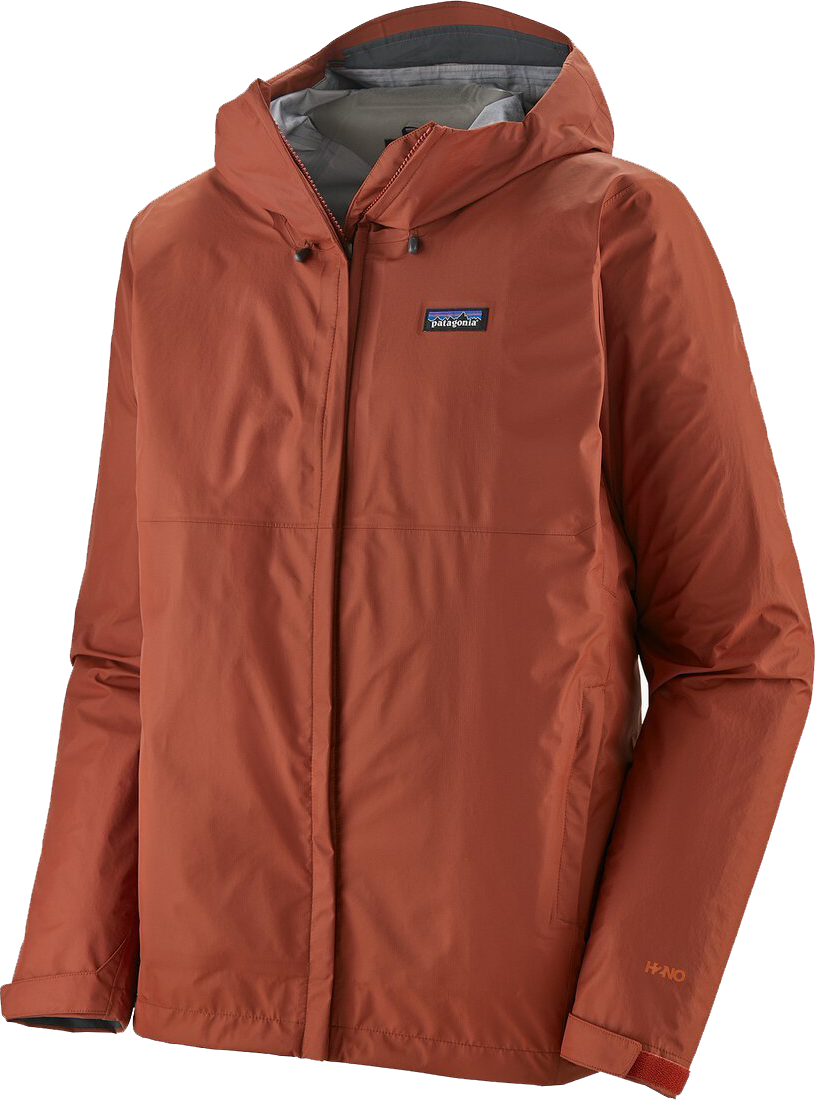
Layer up!
When going out on a shoot, I use to dress as if out hiking - wearing quality walking gear and sturdy boots. Although that may be fine whilst you are walking, it might not be when you're standing still as you are not burning energy to keep warm. Even in summer, temperatures can quickly plummet when the sun goes down, so I layer up with several thin layers rather than fewer, more bulky, items. They are also easier to carry if you're too warm and need to shed some. The layer nearest your skin should have good 'wicking' properties (the ability to draw moisture away from your body), these are called baselayers. They are essential for both comfort and safety, particularly if you're planning on walking long distances before standing around to take photographs. My base layers are from Paramo, which I like, but most outdoor clothing manufacturers offer them, too.
Merino wool jumpers are useful between base layers and outer clothing as they dry quickly.
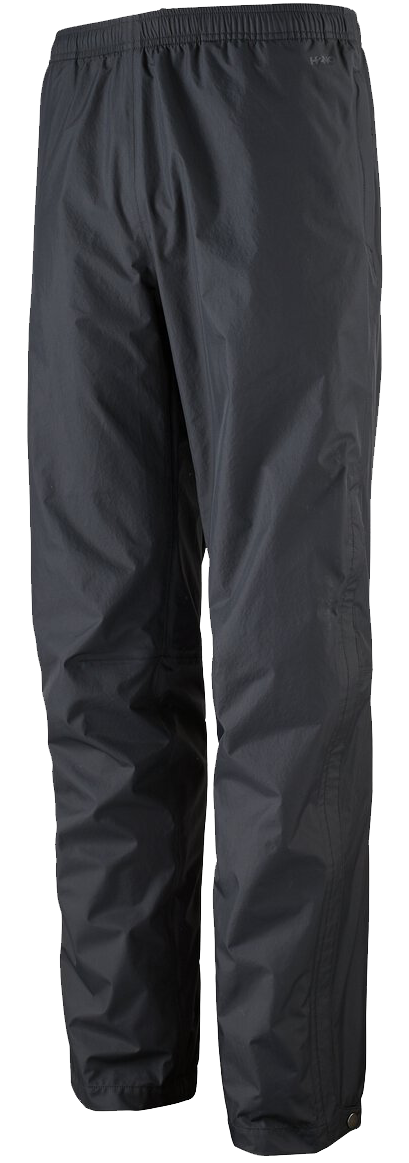
Waterproof - really?
When buying waterproof clothing don't be fooled by the word 'waterproof' as it would appear most manufacturers use this word when their clothing resists moisture absorption just for a short while (and not even in simulations of heavy rain). After carrying out some research recently, I decided to go for the Patagonia 'Torrentshell' jacket and over-trousers, and so far I'm delighted with my purchase. For those with deeper pockets, the Arcteryx brand appeared to offer the most exceptional protection, but this comes at a price, and I couldn't justify this when I occasionally find myself wading through brambles and other sharp foliage!
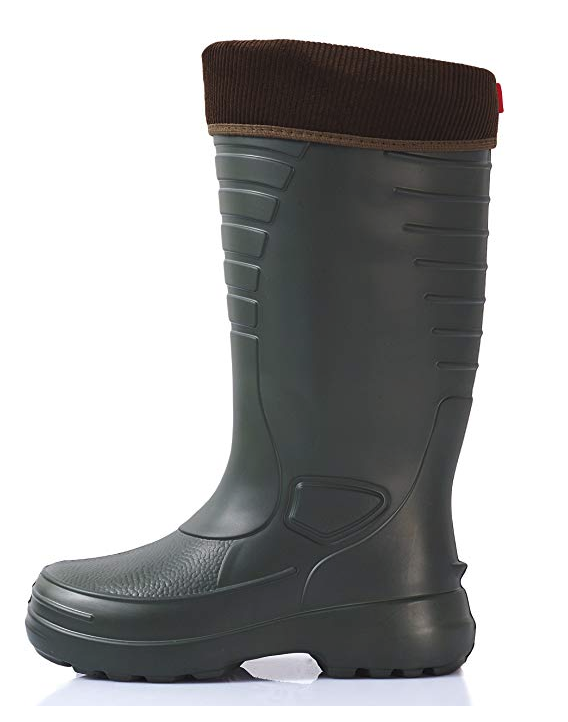
Winter footwear
From around the start of October to the end of April (and on the beach) I mainly wear wellington boots. They give me the freedom to walk in puddles, streams, mud, snow, rock pools and all the places I might want to take photographs - places I would avoid if wearing shoes or even boots. I own two pairs of different brands and select each depending on the circumstances. My first pair are from Aigle, and I walk relatively long distances with these, many miles in fact, without any issues. Designed for walking, they are expensive, but they last a long time and wear well (they are relatively heavy though). My second pair are by Lemigo - a very lightweight and far cheaper design ideal for walking shorter distances and travelling abroad. These are a great all-rounder, and I was (and still am), so impressed when I first bought them that I wrote a dedicated blog about them. Since then, I have used them in Norway in temperatures sometimes reaching -10˚C, and my feet were still lovely and toasty. After using them for a while now, their only shortcomings is that they have a wide top, which sometimes allows foliage to fall inside the wellington when wading through heavy vegetation. The tops of my calves also get wet in heavy rain for the same reason. Personally, this isn't a big issue as I tend to wear these for protection and the ability to walk through pretty much anything rather than keeping my feet perfectly dry. They have excellent grip, too.
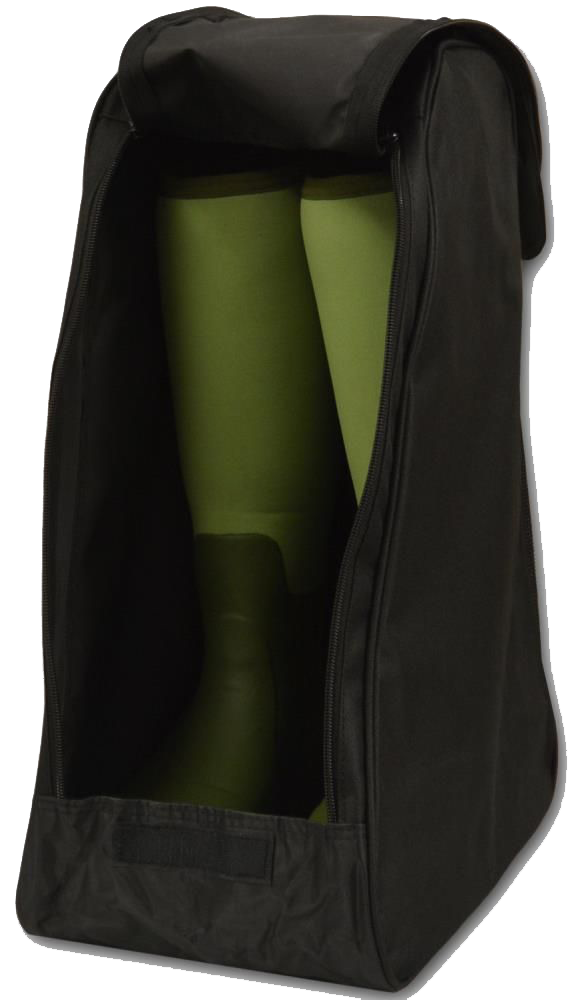
Here's a couple of wellington top tips! Purchase a dedicated wellingtons bag, so when you return to your vehicle, you can zip them up and avoid messing up the boot. Second, in winter months, avoid leaving your wellingtons in the boot or (unheated) garage. Any moisture within the wellington is unlikely to dry out, and therefore, they'll feel cold, damp and uncomfortable when you put them back on.
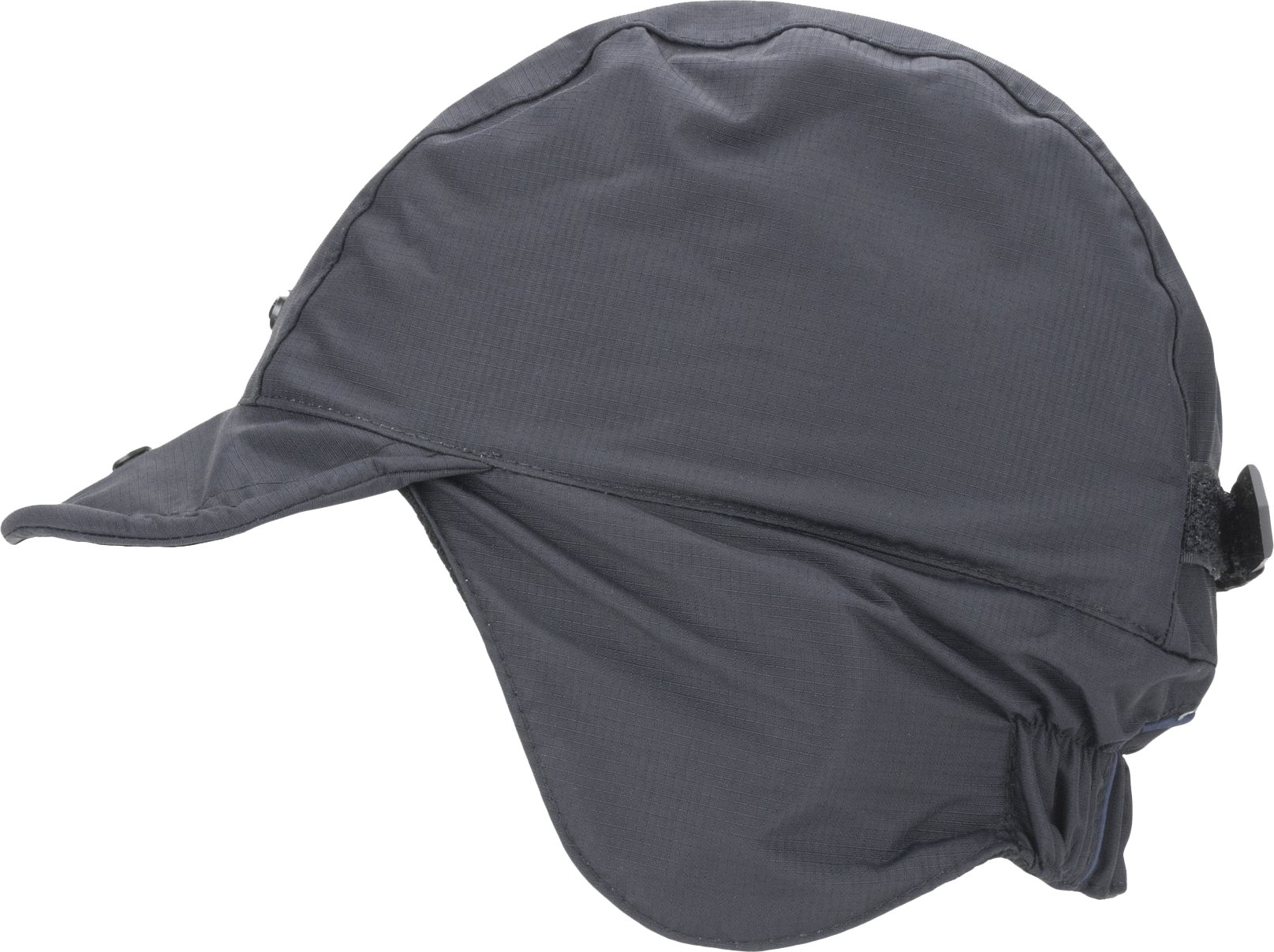
Extremities
Socks made from Merino wool are excellent for absorbing sweat and odour and also dry quickly. I prefer not to wear thick hiking socks - I find them uncomfortable, so in icy conditions, I wear a couple of pairs of thin socks instead (both pairs of wellingtons mentioned above is lined, which also help prevent my feet from getting cold).
A waterproof hat and gloves are essential in wet weather. In freezing temperatures, I wear two sets of gloves - a thin pair of Sealskinz (that operate the camera and mobile devices) and some ski gloves for walking (which I wear over the thin pair). I always make a point not to expose my hands to the air in freezing temperatures. Although they are fine in cold, dry weather, woollen hats become uncomfortable and soggy when wet. I, therefore, use the Sealkinz extreme cold weather waterproof hat when rain is forecast.
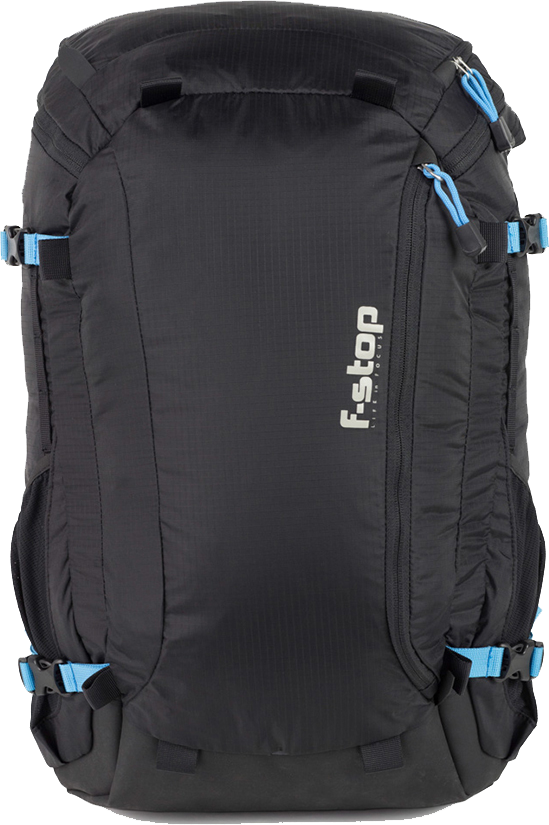
Supportive Backpack
As landscape photographers, we often need to carry relatively heavy weights long distances. Usually over undulating ground and up (and down) steep inclines, so it's essential to have a backpack designed for this purpose. The F-stop Kashmire Ul Camera Backpack suits my needs perfectly. Its ergonomic design takes most of the weight off the shoulders and transfers it to the waist via a padded strap, which is good for the spine. It opens from the back which is convenient because I can permanently leave an elasticated waterproof cover on the bag at all times, protecting it from the weather as well as sand, mud, snow etc. It's also small enough to be allowed in the overhead locker when travelling abroad (on most airlines anyway).
Comfort is key
Taking pictures in inclement weather is challenging enough without being side-tracked by personal comfort. So, before you next venture out in inclement weather give some thought to your choice of clothing - at best it could save your life, at worst you could return with more dramatic images!